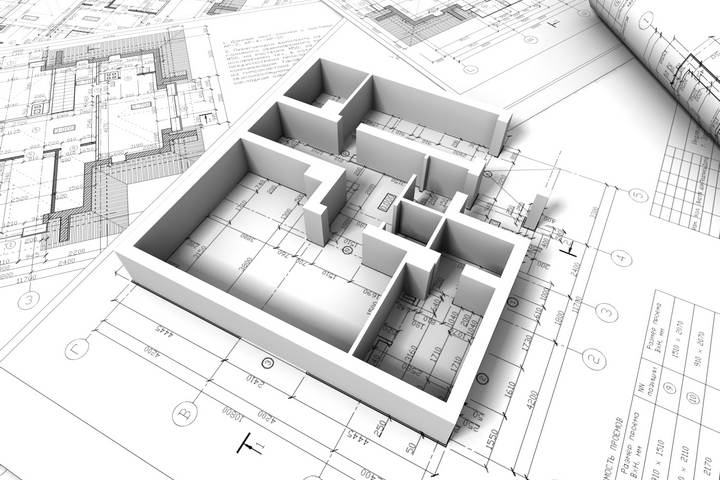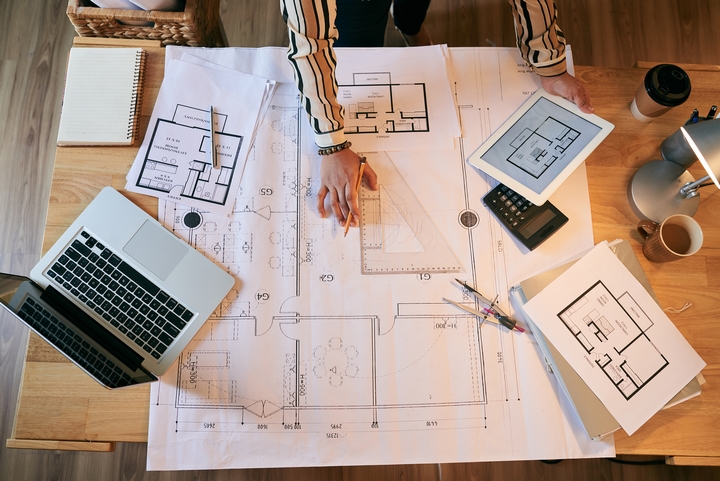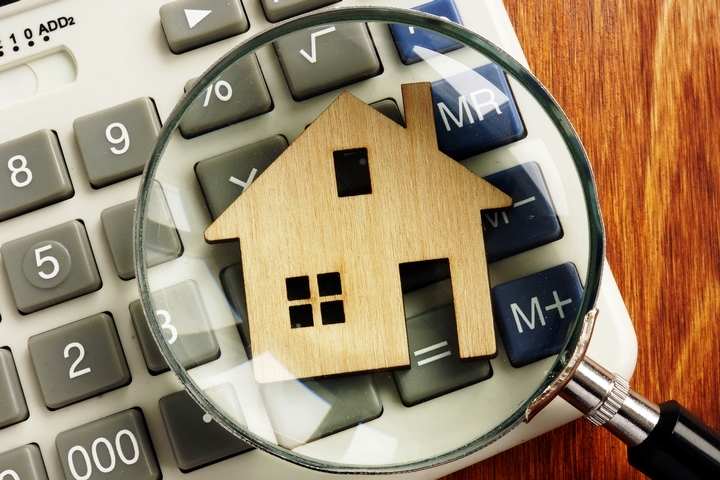Nearly everybody has that house they have dreamed of building and designing for years to fulfill their heart desires and preferences- a custom home. Designing a custom home is often mistaken for house hunting, although they are two different situations. In the former, you have every freedom to exercise those particular requirements and preferences you’ve held for many years.
Designing a custom home is a gradual process involving various steps and tactics. You should work with custom home builders for professional help. Below is a straightforward guide to the procedure.
Step #1: Understand the Benefits of Designing a Custom Home

Designing a custom home boasts plenty of benefits, more so to the homeowners, including:
Benefit: Personalization
One can enjoy a high level of personalization while designing everything to suit their specifications, lifestyle, and preferences.
Benefit: Excellent Quality
Custom homes are believed to be long-lasting and of excellent quality, as the homeowner has more control over nearly everything that concerns the structure.
Benefit: Long-Term Investment
Custom homes are more of a long-term investment, allowing owners to incorporate their best designs and materials with the mindset of a long-lasting establishment.
Benefit: Privacy
Custom homes reflect high levels of privacy and budget flexibility because the owners have total control of the essentials.
Step #2: Understand the Drawbacks of Designing a Custom Home

Like other homes, custom homes don’t have a few drawbacks that potential owners should acknowledge before venturing into the idea. For instance, they are relatively more expensive to design than ready-made ones. Additionally, custom homeowners may not be able to purchase all the construction materials at once, making it even more costly and possibly extending the construction period.
Home builders and designers usually charge more for custom homes than standard ones, especially when the owner has too much on their bucket list. Owners will also be required first to find suitable land for their potential custom home, which is challenging, before starting the demanding construction process. Lastly, unfortunately, custom homes depreciate quicker than standard ones.
Step 3: Determine a Budget

The first step to designing a custom home is a reasonable budget matching your prevailing financial strength. This phase is critical because your budget highly influences everything surrounding your upcoming custom home, among other aspects. While determining a budget, you should acknowledge every cost related to the structure, including land, architect fees, foundation, site work, and inspection.
Others include building permits, interior and exterior works, framing, electric, plumbing, and HVAC systems. You wouldn’t want a financial shock when you have just started, right? Therefore, your budget should be strictly connected to the above fees but flexible for unanticipated issues in this constantly changing economy.
Step 4: Find a Suitable Location

After developing a reliable budget, you can find a suitable location for your custom home. This stage is also critical, considering a custom home is a long-term and sensitive investment. A suitable location for your custom home is characterized by the availability of natural lighting, nearness to social amenities, and reviews and ratings from the public.
Furthermore, the type of soil, the general safety of the area, restrictions by the county government, and energy availability are also considerations to consider. Remember to familiarize yourself with the local codes before you settle for any land, as some may have restrictions for house construction. You can liaise with an architect in the land-finding stage for more outstanding outcomes.
Step 5: Determine Your Preferences, Lifestyle, and Requirements

The long-awaited phase of bringing together your lifestyle, preferences, and needs and expressing them through your custom phase is finally here. In this step, you should carefully state what you’ve always desired concerning your custom house while incorporating other essentials such as family size.
Other determinations to make are the size of the house, lighting, furniture type, sound issues, layout, interior and exterior paint colours, basement, driveway, curtains, etc. You can incorporate much more in your custom home since it depends on your preferences.
Step 6: Call the Architect

Now that you’ve decided what you want for your custom home, you can call the architect to help design the structure. First, you should let your preferences and requirements known to them, as highlighted above, as they should guide you with the designing process.
The higher the requirements, the more you might incur on the expense fees and other essentials. An architect should help you establish the best home design possible by adjusting the budget professionally and offering some critical advice.
Step 7: Construct Your Dream Home

After a few meet-ups with your architect, you should have come up with the best custom home design and a specific period of when to start the construction. Nothing should now hold you back from constructing the home of your dreams after purchasing all the necessary materials. Remember to purchase from trusted dealers and brands for the best quality possible.
Designing a custom home doesn’t have to be as draining as nearly every homeowner testifies. You just have to adhere to the proper procedure and acquire adequate knowledge regarding custom homes compared to other types. By reading this blog post, you’ve learnt more than enough from the above details.
